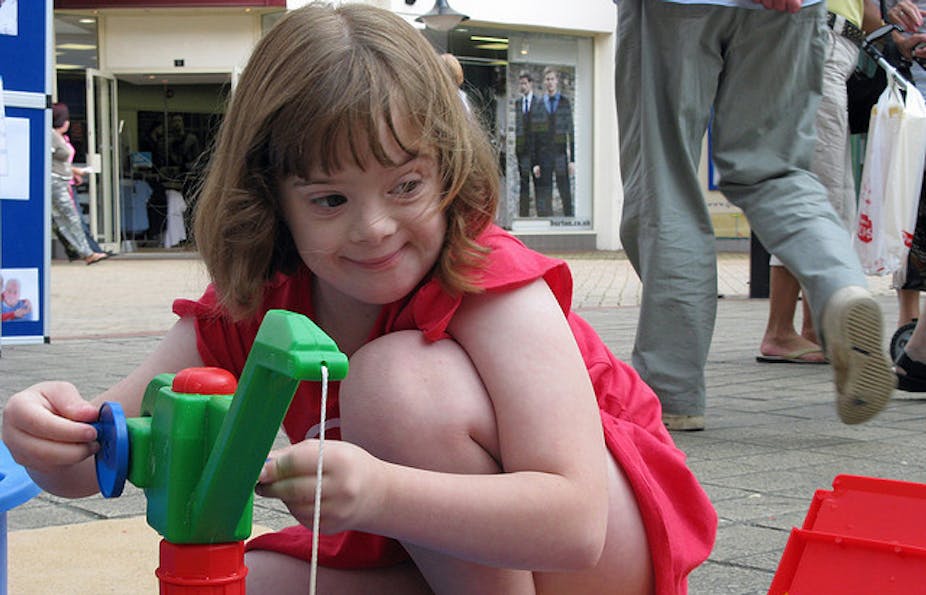Inclusive education, where students with disabilities are educated within mainstream classrooms rather than special schools or classes, is widely recognised as being the best way to ensure everyone gets a good education. However, resourcing is a major issue, with schools not receiving adequate funding or training.
One of the major barriers to adequate funding is that eight different educational jurisdictions across the country have different systems for defining and funding disability.
Tyranny of difference: a state-by-state approach
Schools in Australia operate under the same Disability Discrimination Act and Disability Education Standards. Despite this, what constitutes a “disability” differs greatly between states and territories. Because of this, what needs are recognised as requiring extra funding, and how they are funded differ greatly.
As an example, consider a student living in NSW diagnosed with a mental health illness. They may be recognised as having a disability and therefore receive funding to support them to successfully access schooling. However, if they were to move across the border into Queensland, they would no longer be recognised as having a disability. Therefore, the level of resourcing they received to support them in their schooling would change significantly.
It is not only the recognition of disability that differs between educational jurisdictions in Australia. The funding models are also starkly different. Each relies on a student receiving a diagnosis or “label”. But the formula used to determine the level of resourcing allocated to a student is different.
For example, a student diagnosed with hearing loss may in one state receive two hours per day of funding to provide an Auslan (sign language) interpreter. In another state they may be eligible for a full-time interpreter.
More support for students with disabilities
It seems the enthusiasm for inclusive education is waning. Across Australia, students with disabilities are increasingly being placed in segregated settings. This may be in special education units or classes within a mainstream school, or into special schools.
The number of students with a disability being suspended from schools is also rising. In a system that promotes the ideal of inclusive education, this shouldn’t be the case.
In recent years, the federal government has implemented a program known as More Support for Students With Disabilities. Around A$300 million has been provided to the states and territories. Individual education departments were required to allocate this funding within the guidelines of a loose framework.
Not surprisingly, states and territories identified different priorities within their systems. This led to funds being allocated in different ways.
Some states, such as Tasmania and New South Wales, allocated additional staffing directly into schools (in various roles). Victoria identified “curriculum and assessment” for students with disabilities as part of its focus. However, Western Australia included a focus on transition for students with a disability from school into the workforce in its plan.
While not providing the whole picture, these examples do highlight the complex and inconsistent nature of funding and support for students with disabilities in Australia.
Is it enough?
In Queensland, parent data from the annual School Opinion Survey has shown current funding isn’t adequate. Parents of students with a disability enrolled in a mainstream school have consistently shown the lowest levels of satisfaction for their child’s schooling.
Also, teachers and principals across all states and territories are struggling. They have identified the lack of resources, staffing and relevant training as barriers to inclusive education for students with disabilities.
The inability of the current systems to meet the needs of this group of students is evident. It can be seen in increasing rates of segregation and exclusion, and in the decline in attitudes of teachers towards the ideal of inclusive education.
It is widely acknowledged that a quality education is one of the predictors of a successful and productive life. Students with disabilities have just as much right to a quality education as everyone else. Australia needs one system of funding that guarantees each student will receive the support they require, not dictated by disability or the state they live in.
Teachers and schools should be equipped with the resources and training they need to deliver an equitable and quality education to all students.

